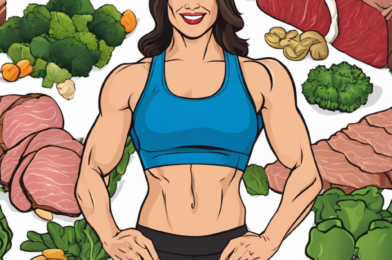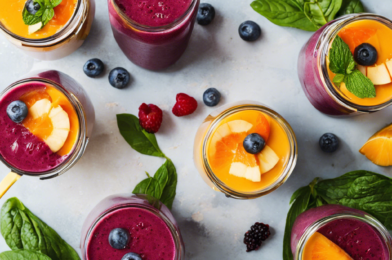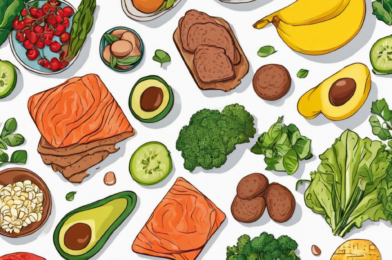Are you tired of the misconception that plant-based diets lack sufficient protein? It’s time to debunk this myth and explore the abundance of meat-free protein sources that are perfect for building muscle and maintaining a healthy, balanced diet. Whether you’re a vegan, vegetarian, or simply looking to reduce your meat intake, incorporating these plant-based powerhouses into your diet will ensure you meet your protein requirements while enjoying delicious and nutritious meals. Say goodbye to chicken breasts and steak; it’s time to embrace the diverse world of plant proteins!
First up are legumes, the ultimate protein-rich superfoods. Lentils, chickpeas, and black beans are not only affordable and versatile, but they also pack a serious protein punch. A single cup of cooked lentils provides a whopping 18 grams of protein, making it a fantastic addition to soups, salads, or even as a meat alternative in burgers. And let’s not forget the versatility of chickpeas, which can be blended into hummus or roasted as a crunchy snack, all while delivering approximately 15 grams of protein per cup.
Let’s not overlook the role of whole grains in a plant-based diet. Quinoa, once a niche grain, has now become a household name for good reason. With all nine essential amino acids and 8 grams of protein per cup, quinoa is a complete protein source that can be used in sweet or savory dishes. Other whole grains like brown rice, oats, and farro also contribute to your daily protein intake, making them excellent choices for those who want to go meat-free without sacrificing muscle-building potential.
Nuts and seeds are another excellent way to boost your protein intake. Almonds, peanuts, and pumpkin seeds are all flavorful options that can be enjoyed as snacks or incorporated into meals. A quarter-cup serving of almonds provides 7 grams of protein, while peanut butter is a classic spread loved by many, delivering 8 grams of protein per two-tablespoon serving.
Embracing a plant-based diet doesn’t mean missing out on protein. With these diverse and delicious options, you can easily meet your nutritional needs while enjoying a wide variety of flavors and textures. Get creative in the kitchen and start reaping the benefits of plant-based protein powerhouses!









